
 |
|||||||||||||||
      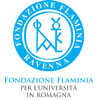
|
|||||||||||||||
|
|||||||||||||||
|
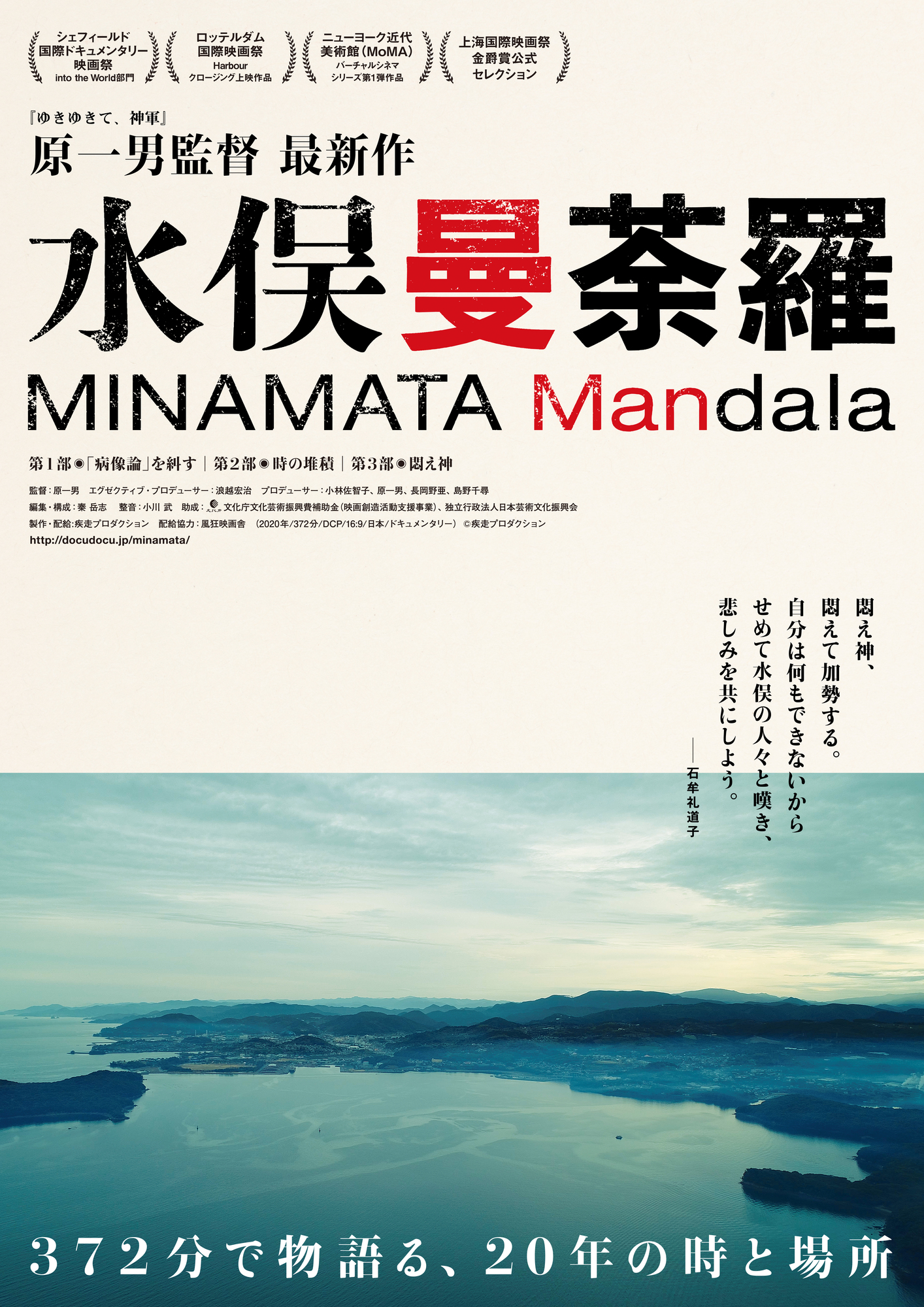
Esplora la lotta di individui contro la malattia e l'inefficienza governativa a Minamata negli anni '40, ritraendo le loro storie di sofferenza e resistenza.
In the early 1940s, strange symptoms appear among the inhabitants of Minamata. People suffer convulsions all over their bodies and their tongues remain mute. The government treated those whose physical functioning had collapsed as false patients and handled the situation in a political context. Minamata Mandala begins by rebelling against the political solution. There is a man in his nineties who has been fighting in court for more than twenty years, a medical professor who is committed to identifying the cause of the disease and a fisherman who provides samples of the disease for medical analysis. Kazuo Hara does not portray them as a tenacious fighter against political power, a dedicated medical scientist and a suffering victim. The 372-minute duration embraces their long history of suffering in solidarity and also portrays individual lives with distinct personalities. Minamata Mandala is a work in which Hara reshuffles genres and directorial and production approaches, giving it an epic afflatus of a tragic saga of the struggle of the weak and oppressed against an overweening power, which has on its side the power of wealth and the privilege of dominance over the political agenda. The film questions the current plight of the victims of Minamata's illness, offering new points of reflection. It won first prize at the 95th Kinema Junpo in the best cultural film category and fifth place overall in the Best Ten Japanese films of the year. It also received the Best Documentary Film Award at the 76th Mainichi Film Awards. Hara Kazuo, born in 1945 in Yamaguchi Province, is a Japanese documentary filmmaker known for his bold, offbeat style, often focusing on marginalised or controversial subjects. He interrupted his studies at the Tokyo High School of Photography to make his directorial debut with the documentary film Goodbye CP (1972). Hara achieved international success with Extreme Private Eros: Love Song (1974), a pioneering example of self-documentary, and with The Emperor's Naked Army Marches On (1987), which received the 1987 Berlin Film Festival's Caligari Prize and the Grand Prix at the 1987 Cinéma du reel. Hara's other works include A Dedicated Life (1994), The Many Faces of Chika (2004), Sennan Asbestos Disaster (2017) and others. His most recent project is Minamata Mandala (2020), a 372-minute three-part documentary, the result of more than 15 years of filming, which shows the victims of Minamata Syndrome, caused by methylmercury pollution, fighting for compensation and legal recognition.
"It took me 15 years to shoot and another five to edit what I consider the pinnacle of my work to date. With Minamata mandala I think I have taken the "entertainment" documentary genre to a level of storytelling unprecedented in the history of Japanese cinema, and this fills me with pride." - Hara Kazuo 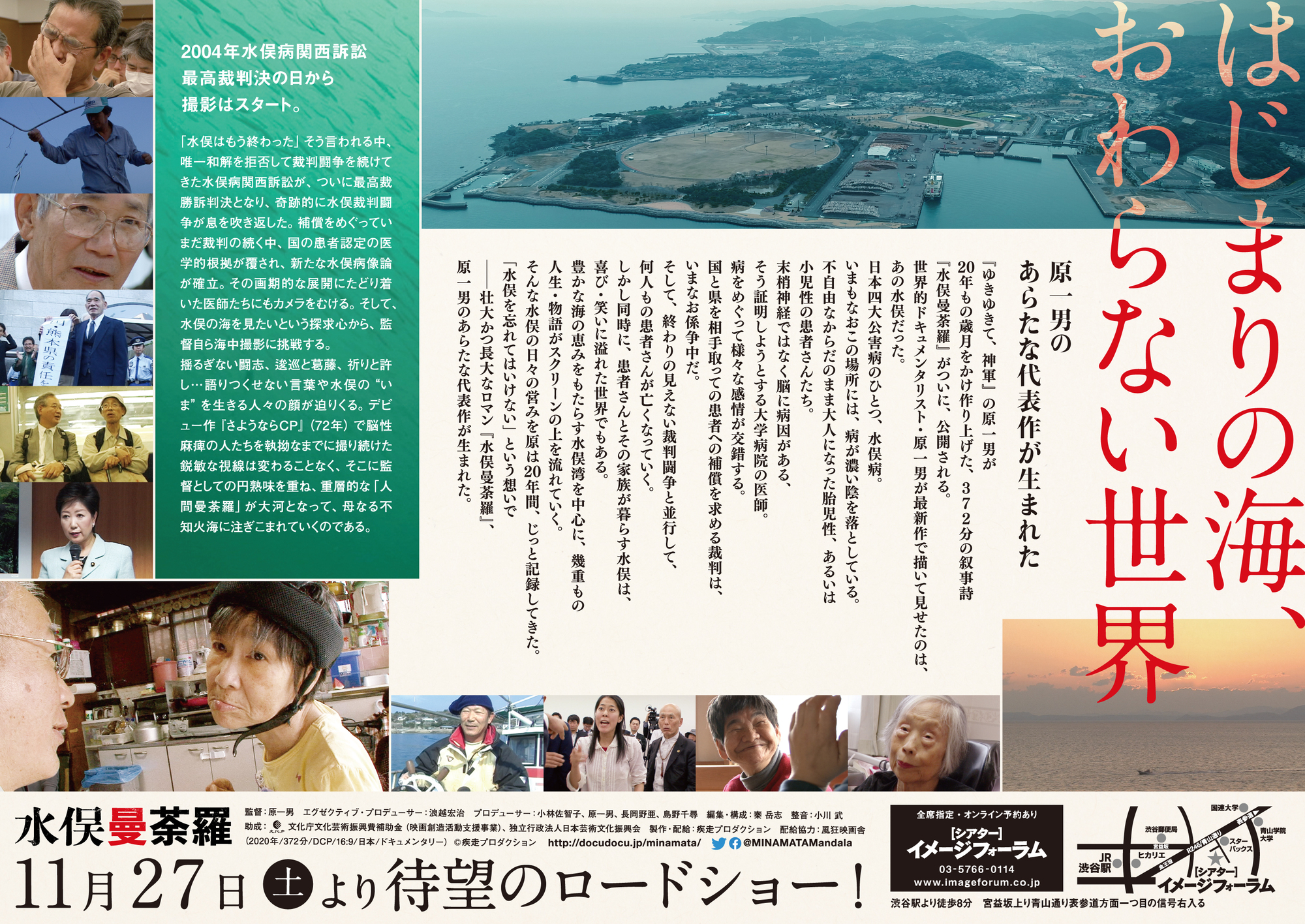
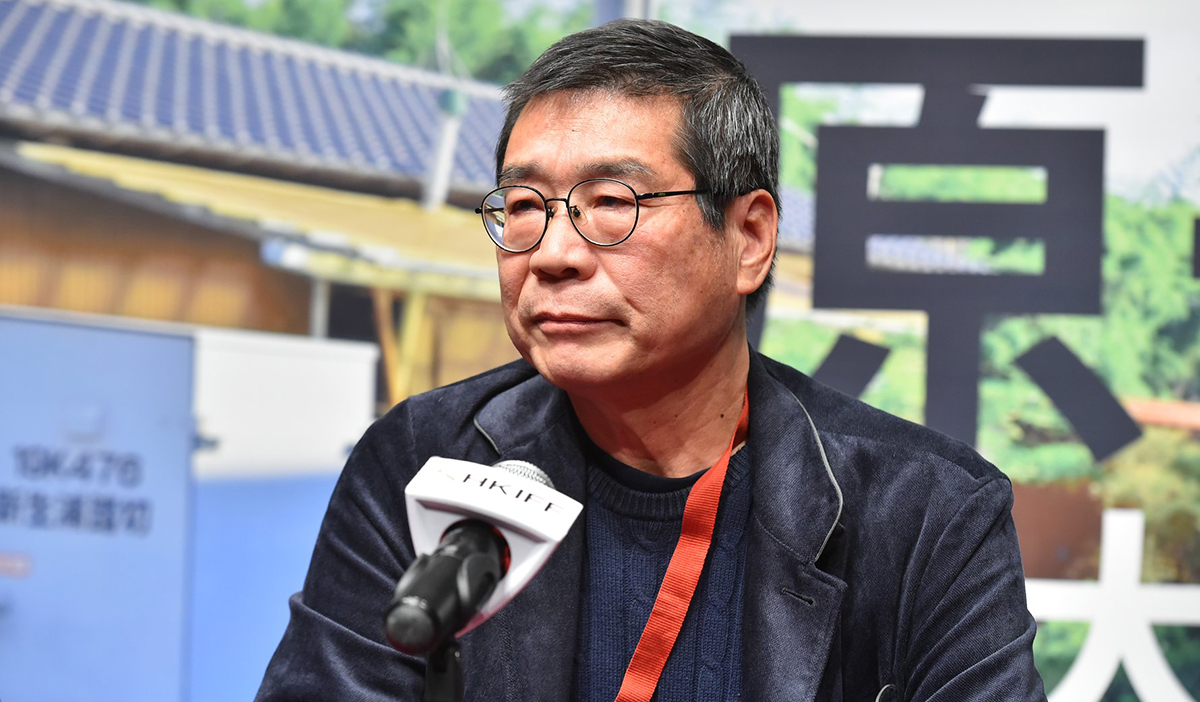
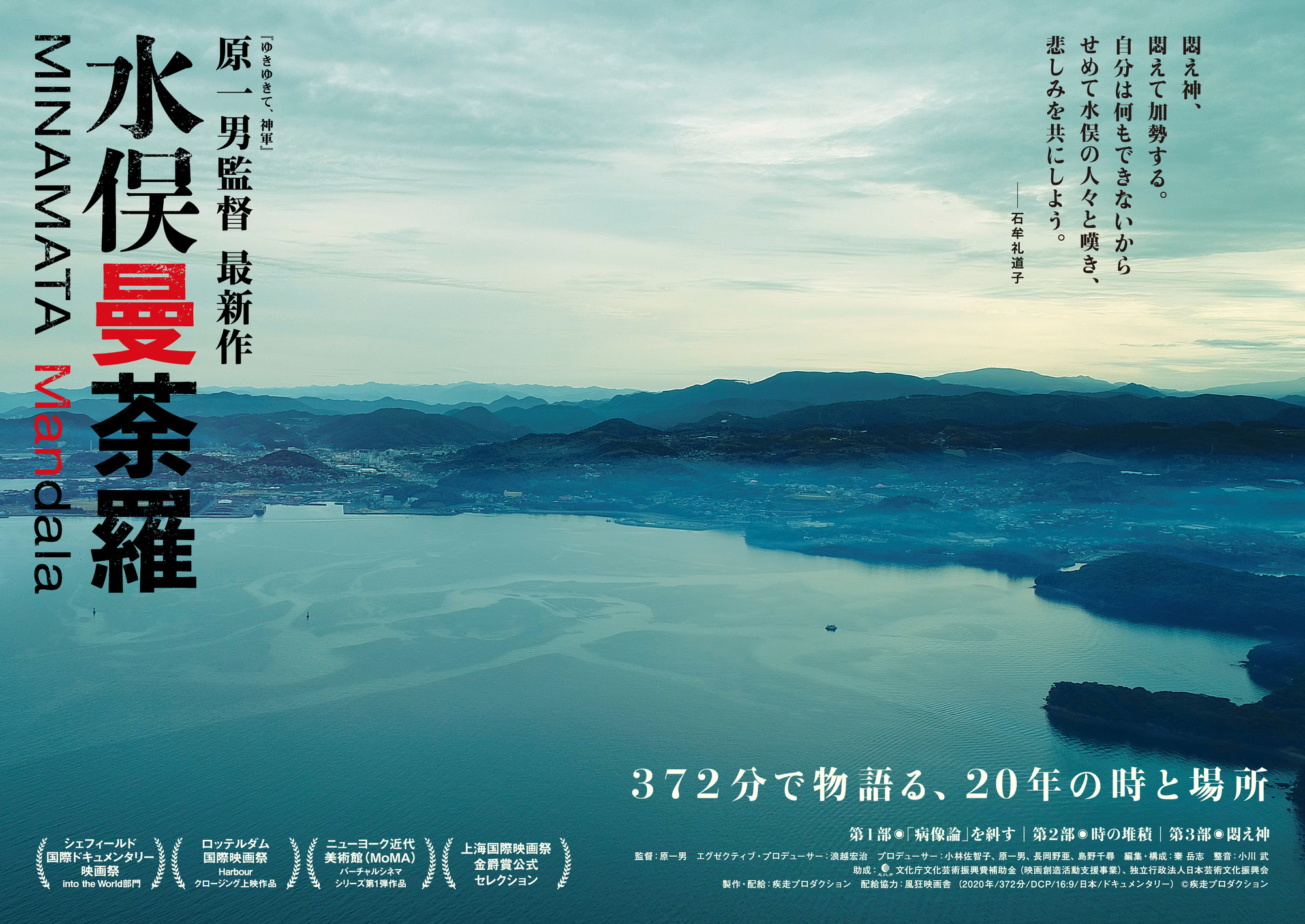
|
||||||||||||||
| Ravenna Nightmare Film Festival - via Mura di Porta Serrata 13 - 48121 Ravenna (Italy) - Tel. e Fax +39.0544.201456 e-mail info@ravennanightmare.itarea riservata |
|||||||||||||||